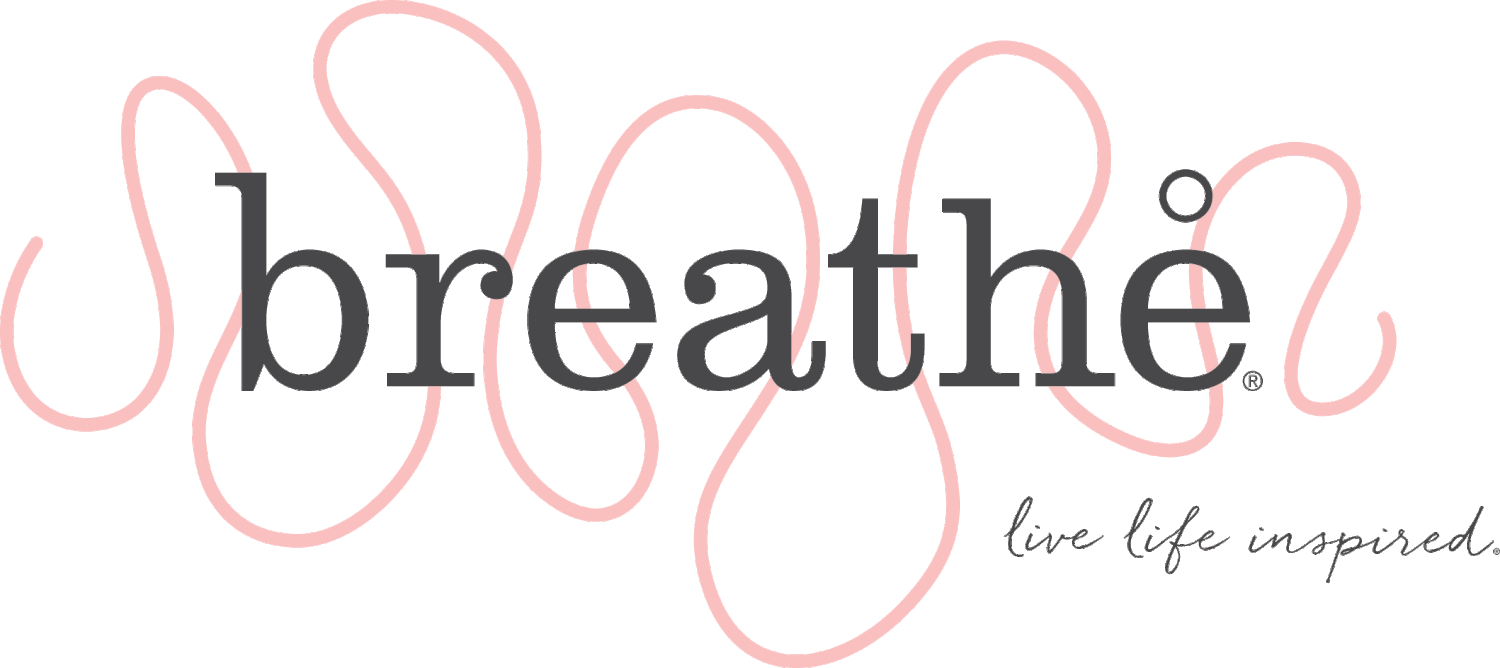Powering Your Journey: The Role of Protein in a Healthy Lifestyle
As a seasoned dietitian with over 30 years of experience, I've witnessed the evolution of nutritional science and its profound impact on our understanding of a healthy diet. In the early days of my career, the emphasis was on reducing fat intake to combat heart disease. However, the landscape has shifted, and today's nutritional conversation is centered around the pivotal role of protein in achieving optimal health, especially as we age.
The Protein Paradigm Shift
Proteins are the essential building blocks of our bodies, playing a vital role in the formation of muscles, tendons, organs, skin, enzymes, hormones, and neurotransmitters. While protein was once a secondary consideration in dietary discussions, scientific insights have underscored its importance, urging us to prioritize protein intake and arrange our dietary choices around it.
Products featured in Cyndi's smoothie recipe: Klean Isolate protein powder, Klean Athlete creatine, and Agent Nateur holi (mane).
Protein and Muscle Mass: A Dynamic Duo
One of the key functions of protein is its role in repairing tissues and building skeletal muscle. Our muscles are in a constant state of breakdown and rebuilding, and to foster muscle growth, the body must synthesize more muscle protein than it breaks down. This process, known as Muscle Protein Synthesis (MPS), highlights the dynamic nature of our muscles and underscores the importance of adequate protein intake.
Midlife Muscle Crisis and Sarcopenia
As we age, the risk of muscle loss increases significantly, leading to conditions like sarcopenia. Studies show that around 10 percent of individuals over 50 experience significant muscle loss (a condition called sarcopenia), reaching more than half of the population by the age of 80. Combatting this midlife muscle crisis involves staying physically active, consuming enough protein, and incorporating strength training into our routines.
Myth Busted: Building Muscle After 50
Contrary to popular belief, building muscle after 50 is not only possible but crucial for a healthy, active lifestyle. It’s true that our bodies may become less efficient at digesting and absorbing protein as we age. This can be a greater concern for women dealing with perimenopause and menopause as estrogen levels drop, leading to even more decrease in muscle. However, staying on top of lean body mass through adequate protein intake and strength training is key. Achieving great body composition is within reach, regardless of age.
Strategies to Maintain Muscle: Resistance Exercise and High-Quality Protein
To combat muscle loss, incorporate resistance exercises three times a week, utilizing weights, kettlebells, resistance bands, or your body weight. Coupled with this, ensure a diet rich in high-quality protein, as research indicates that older adults and individuals engaged in strength training benefit from 1.5 to 2 times the Recommended Dietary Allowance (RDA) for protein.
How Much Protein Do You Need? Timing Matters!
Calculate your protein needs by multiplying your weight in pounds by 0.75 to 1.0. Research suggests that aiming for at least 100 grams per day for women can be beneficial. Timing also plays a role, with protein-rich breakfasts contributing to better blood sugar regulation and increased satiety throughout the day.
Protein Supplements: Unveiling the Options
Protein supplements, available in various forms like concentrates, isolates, and hydrolysates, offer convenient and concentrated sources of high-quality protein. Whey protein, with its high leucine content, is particularly effective for muscle building. Plant-based options like pea protein or mixed plant protein powders are excellent alternatives for those avoiding dairy.
Protein Meals: A Balanced Approach
Crafting protein-rich meals doesn't have to be complicated. Aim for 25-35 grams of protein per meal, with serving sizes equivalent to the palm of your hand.
Adding Protein to Your Lifestyle
Remember, protein isn't the entire answer; it must be complemented with resistance exercise to build and preserve muscle. Aim for 150 minutes of moderate to vigorous intensity exercise weekly (i.e. yoga, walking), along with strength training three times a week.
In conclusion, the protein paradigm shift marks a crucial understanding of its role in our overall well-being. Prioritize protein, embrace a balanced lifestyle, and let the synergy of resistance exercise and high-quality protein guide you on a journey to a healthier, more resilient you.
The nutrition information provided on the website is for informational purposes only and should not be taken as medical advice. It is not intended to diagnose, prescribe, or treat any disease, condition, illness, or injury.




